- Category
- Latest news
New Satellite Footage Reveals Russia Preparing R-30 Bulava Nuclear Missile
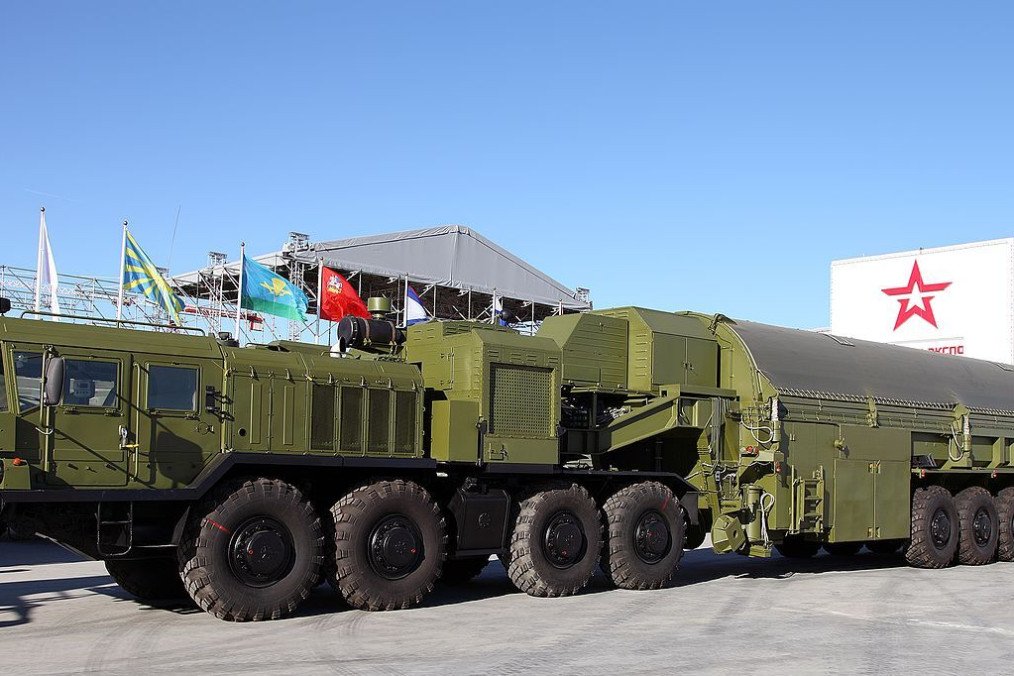
Recent satellite imagery provides a rare glimpse into the preparation of Russia’s R-30 “Bulava” intercontinental ballistic missile (ICBM), part of the Russia’s strategic nuclear forces.
According to Defense Express, this imagery reveals operations involving the 12th Main Directorate of Russia’s Ministry of Defense. This specialized branch is responsible for maintaining and preparing nuclear arms, including the Bulava ICBM, which is capable of carrying multiple warheads and has an estimated range of 8,000 kilometers.
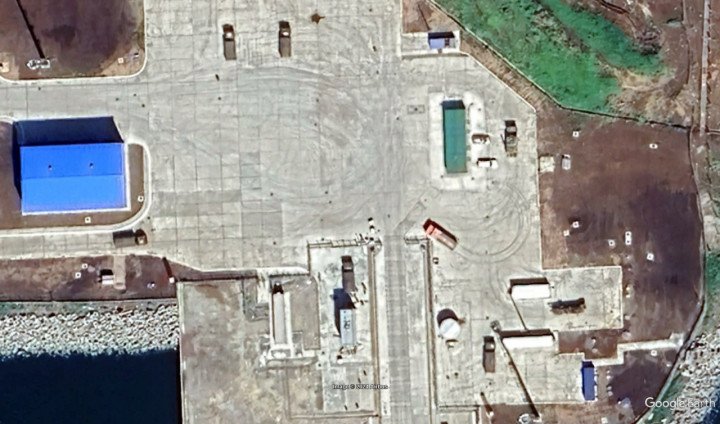
Positioned in the lower left of the image is what appears to be the missile’s transport-launch container, marked by its characteristic gray color. Additional support vehicles are visible, suggesting a large-scale, coordinated preparation effort.
What is the R-30 Bulava Missile?
The R-30 Bulava is a solid-fuel ballistic missile within the D-30 system, specifically designed for deployment on Russia’s Project 955 Borey-class submarines. Each Bulava missile can carry between six and ten warheads, each with an estimated yield of 100-150 kilotons. Weighing approximately 1150 kilograms, the missile has an operational range of up to 9300 kilometers.
In November, the Main Intelligence Directorate of Ukraine reported that a recent test launch of the Bulava had failed, in contrast to Russian claims of its success. This report underscores the continued challenges Russia faces in securing reliable performance from this strategic weapon system.
Overview of Russia’s Nuclear Production Facilities
Defense Express previously reported on essential sites within Russia’s nuclear weapons infrastructure. According to US intelligence, Russia’s nuclear complex is concentrated in several key locations:
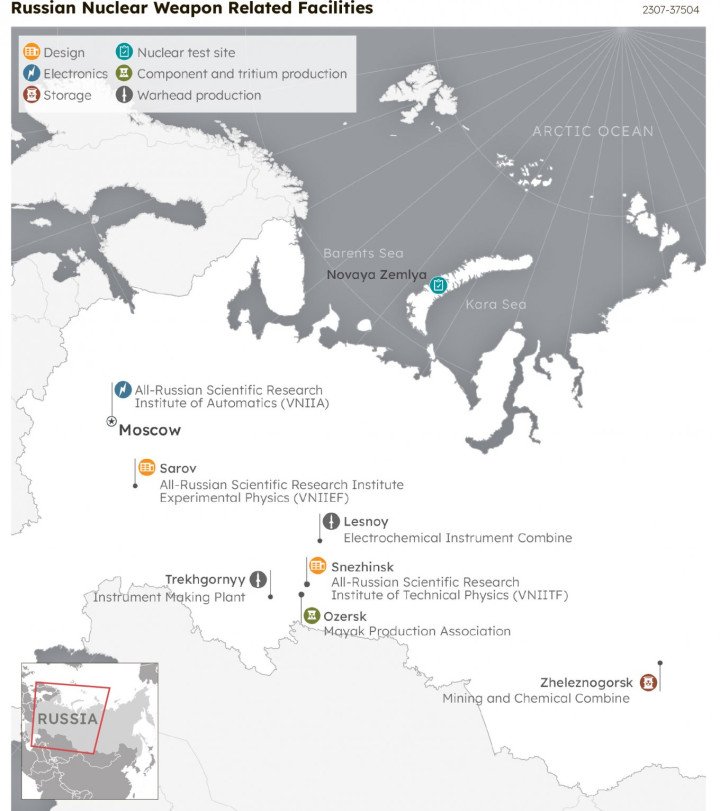
Mayak Production Facility (Chelyabinsk-65): Located in Ozersk, Mayak is Russia’s primary facility for producing weapon-grade plutonium and tritium. Originally built in the late 1940s, this complex comprises several reactors and facilities, supporting both the production of nuclear materials and the dismantling of aging nuclear warheads.
![Mayak Production Facility. (Source: Defense Express) Mayak Production Facility. (Source: Defense Express)]()
Mayak Production Facility. (Source: Defense Express) All-Russian Scientific Research Institutes: Facilities such as the All-Russian Scientific Research Institute of Experimental Physics (in Sarov) and the All-Russian Scientific Research Institute of Technical Physics (in Snezhinsk) lead the research and development of nuclear warheads. These institutes are central to Russia’s nuclear program, engaging in design, testing, and maintenance of nuclear devices.
Other Key Production Sites: The Electrochemical Plant in Lesnoy (formerly Sverdlovsk-45) and the Instrument Engineering Plant in Tryokhgorny (formerly Zlatoust-36) play crucial roles in manufacturing nuclear components. Additionally, the All-Russian Scientific Research Institute of Automation in Moscow provides electronic systems essential for missile functionality.
Among Russia’s key nuclear sites, the Krasnoyarsk Mining and Chemical Combine (also known as Krasnoyarsk-26) in Zheleznogorsk is particularly notable. Built into a mountainside, the facility operates under layers of rock and includes substantial underground infrastructure. Historically, it produced weapon-grade plutonium and now serves as a storage site.
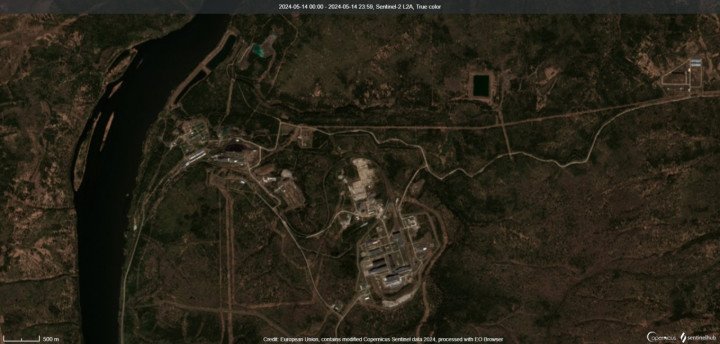
Most of these facilities were established in the post-World War II era, with construction often involving labor from prison camps.

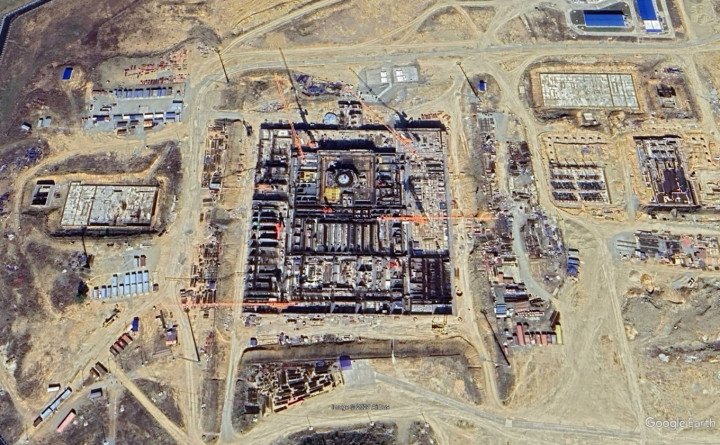


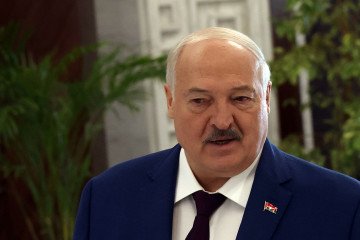
-72b63a4e0c8c475ad81fe3eed3f63729.jpeg)
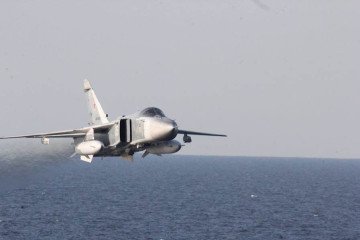
-111f0e5095e02c02446ffed57bfb0ab1.jpeg)
